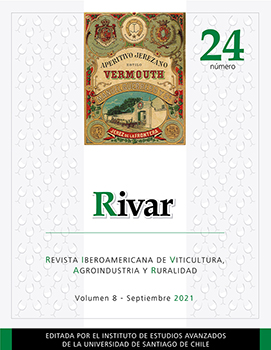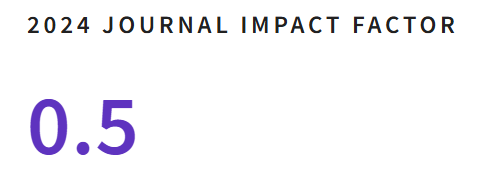Agrarian Festivals in Honor of Demeter in Ancient Greece
DOI:
https://doi.org/10.35588/rivar.v8i24.5173Keywords:
Ancient Greece, agrarian festivals, Demeter, ThermophoriaAbstract
This research mainly analyzes the Thesmophorias and the Haloas, festivals with notorious ritual content in honor of the goddess Demeter, the Latin Ceres. Personification of fertility and agrarian wealth, she was venerated in all regions whose economy was based on the farming, above all, of cereals. Agricultural commemorations happened according to the rhythmic cycle of the seasons, but also at critical moments, such as famine, with rites appropriate to the deity and to the farm under consideration. Since she taught how to join in matrimony animals, how to plow, sow, harvest, store and grind grain, she condenses the history of nomadism. As human, animal and crop fertility were intertwined, magic, jealously guarded, played a central role. For this reason, the information on some rites is complex and scarce. To better understand Demeter and her relationship with rural life, it is convenient to review the main places of worship as the lady of the crops, the most significant sculptural representations that have been preserved and a list, at least partial, of her epithets and primordial incumbencies in agreement with primary Greek sources, for example Hesiod’s Theogony 912 (VIII-VII BC), the Homeric hymn dedicated to her, epigrams of the Palatine Anthology; in V BC, 2.171 and 6.16 of Herodotus’ Histories; Thucydides’ History of the Peloponnesian War 80.182; the fragment 826 of Sophocles (V-beginning of IV BC), Pseudo-Apollodorus’ Library I.29-33, Polemo’s History 39 (II BC) and Aelian's Varia Historia 1.27 (II-III AD).
Downloads
References
Alcifrón (2000). Alcifrón. Cartas. Trad. Elisa Ruiz García. Madrid, Gredos.
Beekes, R. (2010). Etymological Dictionary of Greek. Vol. 1. Leiden, Brill.
Bernabé Pajares, A. (trad.). (1988). Himnos homéricos. Batracomiomaquia. Madrid, Gredos.
Burkert, W. (2007). Religión griega arcaica y clásica. Madrid, Abada.
Calímaco (1980). Calímaco, himnos, epigramas y fragmentos. Edición bilingüe. Introducción, traducción y notas de Luis Alberto de Cuenca y Prado y Máximo Brioso Sánchez. Madrid, Gredos. En https://www.yumpu.com/es/document/read/12743241/calimaco-himnos-bilingue-pdf-historia-antigua (consultado 20/09/2020).
Chantraine, P. (1968). Dictionnaire Étymologique de la Langue Grecque: histoire des mots. París, Klincksieck.
Frazer, JG. (2011). La rama dorada. Magia y religión. Madrid, Fondo de Cultura Económica.
Grammatico, G. (1998). “La fiesta como el tiempo del Dios”. Iter 6: 33-45.
Grimal, P. (1984). Diccionario de mitología griega y romana. Barcelona, Paidós Ibérica.
Hesíodo (2005). Hesíodo. Teogonía. Trabajos y días. Edición bilingüe. Trad. L. Liñares. Buenos Aires, Losada.









